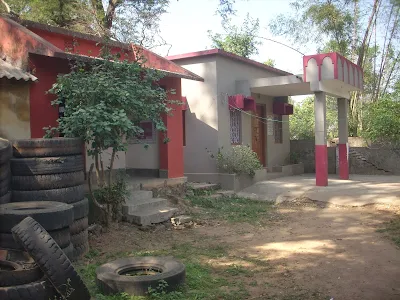SHG Model in India : “The tipping point is that magic moment when an idea, trend, or social behavior crosses a threshold, tips, and spreads like wildfire.” ~ Malcolm Gladwell.
This statement might have been just said on SHG (Self Help Group) movement in India. The rural landscape of India has mushrooming with SHGs. Formal credit system has, over the years failed to deliver in rural India. The transaction costs of the rural credit systems are very high and the system is plagued by non-performing assets. SHG were started as a pilot project of 500 SHGs, by Nabard in 1992, they grew slowly. SHG are viewed today as an entry point in rural landscape for NGO, Bankers, government and even MNCs.
Self Help Groups (SHGs) are informal associations of up to 20 women (their average size is 14) who meet regularly, usually once a month, to save small amounts (typically Rs 10 to 50) a month. Majority of SHGs are single-caste groups based on basis of neighbourhood and affinity groups concept. Prof. Malcolm Harper notes three aspects with regard to using SHG groups [Source]:
- Groups take time, lots of it, and we have always said that poor women are very busy.
- Groups tend to exclude individualist (sometimes they are called as entrepreneurs) who dare to be different, to do mad things like starting new types of businesses, which may even create jobs for others.
- Men are generally bad at working in groups, and they take bigger risk and are less reliable than women, but when they do succeed they tend to create more jobs than women do, for the vast majority who prefer to employed than to be self-employed.'
Financial Inclusion (FI) in India [Source] - Typically speaking, the scope of financial inclusion (FI) in India involves the following and related services (not exhaustive):
Access to accounts: a) Savings (No frills etc); and b) Current accounts.
Access to deposits: a) Fixed deposits; and b) Recurring deposits
Access to transaction banking: a) Use of cheques, demand drafts and other such instruments; b) Receiving of social security (NREGA and other) payments through bank accounts; c) Transfer of money through RTGS or NEFT and remittance services; d) Debit cards and ATM usage; e) Credit cards including KCC and GCC; f) Bill payments through technology banking - mobile banking, internet banking etc
Access to credit facilities: a) Typical priority sector loans for agriculture and allied areas etc; b) Post harvest, post production loans; c) Loans for marketing of agricultural and other produce etc; d) Traditional working capital limits; e) Traditional MFI loans under priority sector; f) Traditional SHG bank linkage program loans; g) Loans from specialised credit and other cooperatives; h) Traditional MSME loans backed by credit guarantee from Government of India; i) Housing/mortgage loans; and j) Various kinds of overdraft facilities and so on;
Access to risk management services: a) Life insurance; b) Health insurance; c) Asset insurance; d) Crop and weather insurance; e) Livestock insurance; f) Other such products such as credit insurance; and g) Micro-pensions
Access to other Services: a) Deposit insurance; b) business facilitators (BF) and business correspondents (BC); c) financial literacy services and credit counseling (FLCC) centers; d) grievance redressal, ombudsman and legal aid services; e) credit bureau; and f) Other services
The above services can be acquired through various institutions such as (but not limited to) the following: Commercial Banks, Regional Rural Banks (RRBs), Cooperative Banks, Local Area Banks (LABs), Post Offices, State Cooperatives, Mutually Aided Cooperatives, Multi-State Cooperatives, Investment Grade NBFCs, NBFC MFIs, BCs/BFs, Other MFIs, SHGs and so on.
SHG Model and Financial Inclusion in India
Government has been pushing banks to step up their financial inclusion (FI). Most of the financial inclusion has been limited to opening of No-Frill Accounts. Due to lack of financial literacy, program is not achieving the vision. Banks are fulfilling targets through intermediaries such as business correspondents (BCs). The limited amount of the BC works revolves around disbursement of government funds, small-value credit; recovery of principal / collection of interest; collection of small-value deposits and sale of micro insurance. Facilitating access to microfinance through SHG-supported bank linkages is one of the most critical aspects of our Financial Inclusion program. More on SHG Bank Linkages will be coming on the blog pretty soon.






